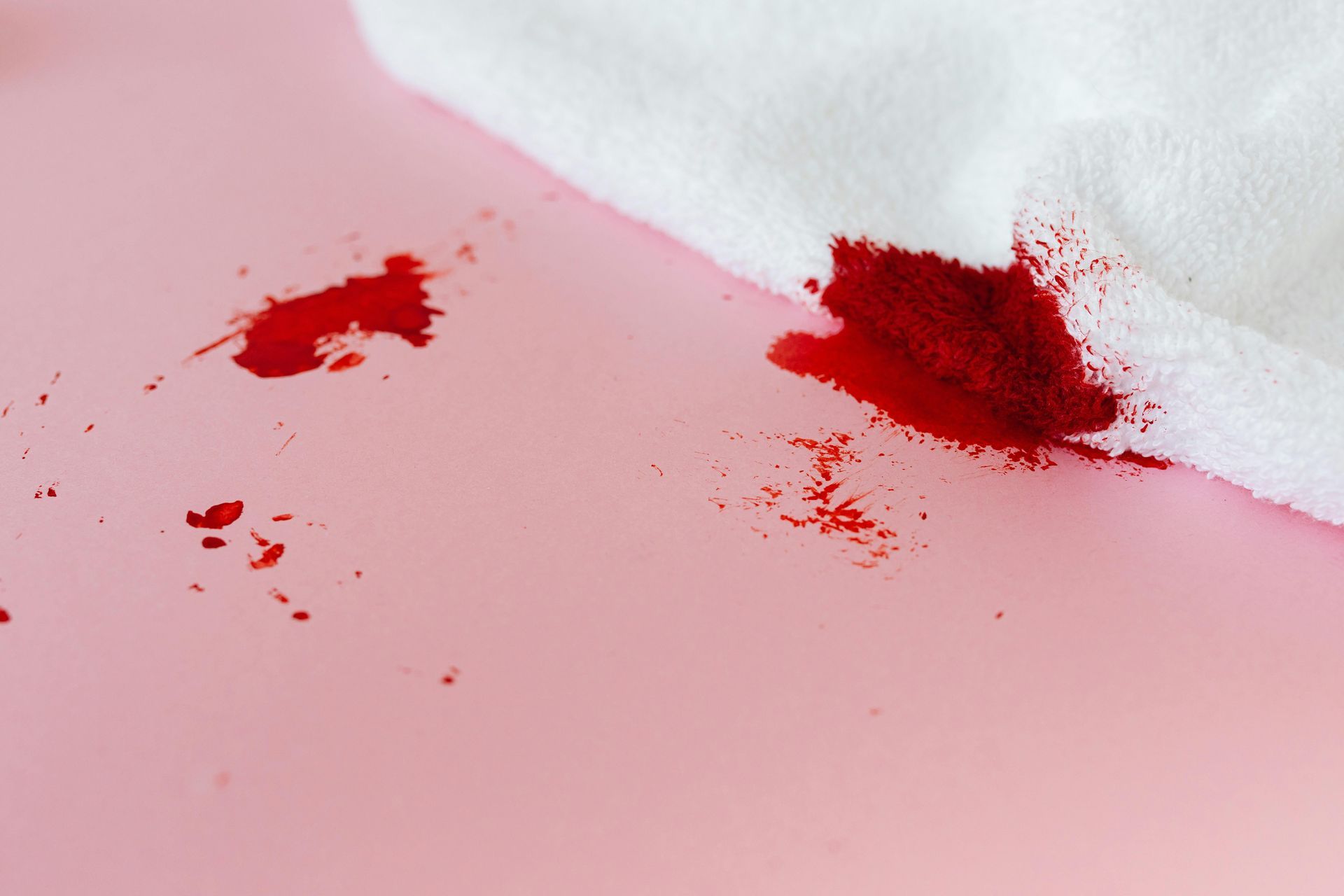CUTS, SCRATCHES AND ABRASIONS
In childhood, cuts, scratches, lacerations, and abrasions are bound to happen. How parents manage these injuries in their children is important for preventing infection and promoting healing with minimal scarring.
Lacerations:
For mild lacerations, first clean the wound gently with soap and water to remove any debris, ensuring not to use harmful agents like alcohol, iodine, Betadyne, Mercurochrome and Merthiolate, all of which can damage tissues. After cleaning, apply an antibiotic ointment, such as Neosporin, and cover the wound with a sterile bandage.
If the laceration is deep or gaping, it may require stitches, especially if they are on parts of the body prone to movement, like hands, the chin or on joints. A general rule is to get a medical evaluation within 12 to 18 hours of the injury, as stitches are typically not placed after this window of time.
Bio-glue, a tissue adhesive, is a modern alternative to stitches that can be applied to simple lacerations, usually on areas with little tension, like the face. Be aware that it might sting for about a minute as it dries, and the child should try to remain still during the application to ensure good closure of the wound.
Severe Lacerations:
For more severe lacerations that can’t be managed at home, immediate medical attention is necessary. Apply constant pressure using a clean cloth or gauze to control bleeding, and seek professional help without delay.
For children over ten years of age, ensure that the child is up-to-date with their tetanus vaccine—if it’s been over five years since their last tetanus shot, it’s advisable to see a healthcare provider within 24 hours of the injury to get one. Children under five, who are current on their immunizations, require no tetanus shots with lacerations.
Abrasions:
Abrasions are more superficial wounds caused by friction. Clean them with soap and water to ensure dirt is thoroughly removed. Apply an antibiotic ointment if needed, and cover with a non-stick bandage. While minor abrasions can heal well with home care, watch for signs of infection, such as increased redness, swelling, or discharge. Dirt and small gravel must be removed from abrasions before bandaging the wound to prevent the material from being covered by new skin when it grows back. If this is extensive, make an appointment for us to remove this material from the wound for you as this may be unpleasant for the child.
Scratches:
Scratches may seem minor but still require attention. Clean them with soap and water to prevent infection, apply a small amount of antibiotic ointment, and cover with a bandage if needed, particularly if the scratch is in an area prone to dirt. Most scratches heal quickly and don’t require professional care. Rarely scratches by cats can cause cat scratch disease. If your child experiences concerning symptoms — particularly swollen lymph nodes, fever, and fatigue following a cat scratch, make an appointment during regular office hours.
When to worry about cuts, lacerations, abrasions and scratches:
Seek medical attention if you notice signs of infection, including increased pain, swelling, redness, warmth around the area, or if there’s pus-like discharge. Additionally, if the child gets a fever following the injury, this merits a visit to our office during regular office hours.
Scarring Risk:
Minimizing the risk of scarring involves keeping the wound clean and covered initially, and, once it starts healing, keeping it moisturized. It’s important to protect healing wounds from sun exposure to prevent pigmentation changes, which can result in more noticeable scars. With proper care and monitoring, most minor injuries like cuts, lacerations, scratches, and abrasions heal well without complications.


